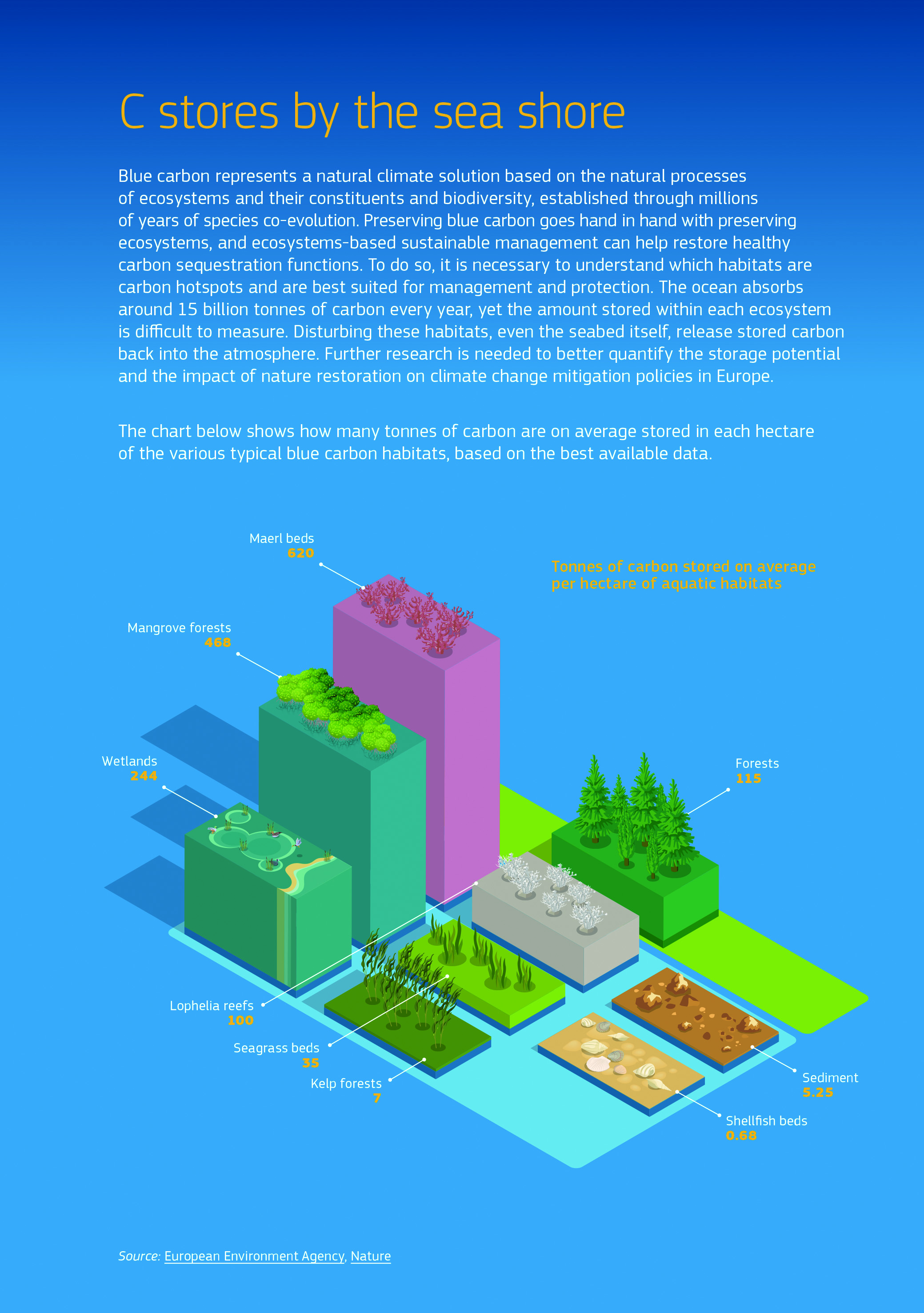What is blue carbon?

C stores by the seashore


This is a machine translation provided by the European Commission’s eTranslation service to help you understand this page. Please read the conditions of use.


Permalink: https://cordis.europa.eu/article/id/454789-blue-carbon-for-biodiversity-and-climate-action
European Union, 2025